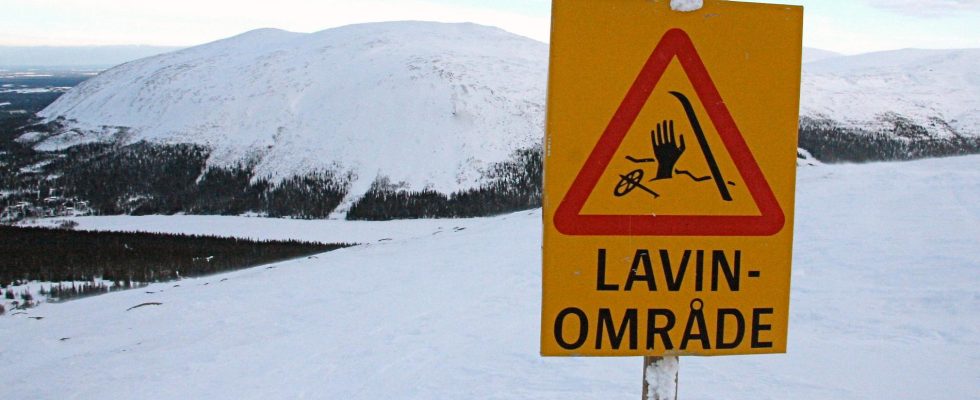unsaveSave
expand-left
full screen The avalanche risk is significant in two mountain areas. Archive image. Photo: Mats Lennartson / TT
The risk of avalanches in the western Vindelfjällen and southern Lapland mountains is significant, according to the Swedish Environmental Protection Agency’s website Avalanche forecasts.
This means a third on the five-point scale with dangerous conditions.
In the southern Lapland mountains, it is fresh snow flakes and permanent flakes that cause avalanche problems.
“Fresh snow in large quantities, which has arrived without wind, means that many steep slopes can collapse like flakes of fresh snow. If the soft snow breaks into flakes, there is a risk of large and harmful avalanches,” the site says, adding that permanent flakes can cause even more dangerous avalanches.
For western Vindelfjällen, there is a warning of sensitive drift snow and several avalanches have been observed. Driven snow flakes are found in terrain that has been sheltered from the wind.
“Cracks around skis or snowmobiles are clear signs of weak snow, and in that case choose flatter terrain.”
At the same time, skiers are urged to be aware that other people can trigger an avalanche above them.
The warnings are currently in place until 6pm on Saturday.
FACT Avalanche scale
Avalanche danger is divided into a five-point scale:
1. Little danger. Conditions are safe in general. The snow can be unstable in some places. Avalanches unlikely.
2. Moderate danger. Hazardous conditions in parts of the terrain. It is possible for humans to trigger avalanches, but spontaneous avalanches are unlikely.
3. Significant danger. Hazardous conditions. Human-triggered avalanches are likely, and spontaneous avalanches are possible.
4. Great danger. Very dangerous conditions. Very likely with spontaneous avalanches and people triggering avalanches.
5. Very great danger. Human-triggered and spontaneous avalanches certainly occur.
Source: Lavinprognoser.se
Read more
